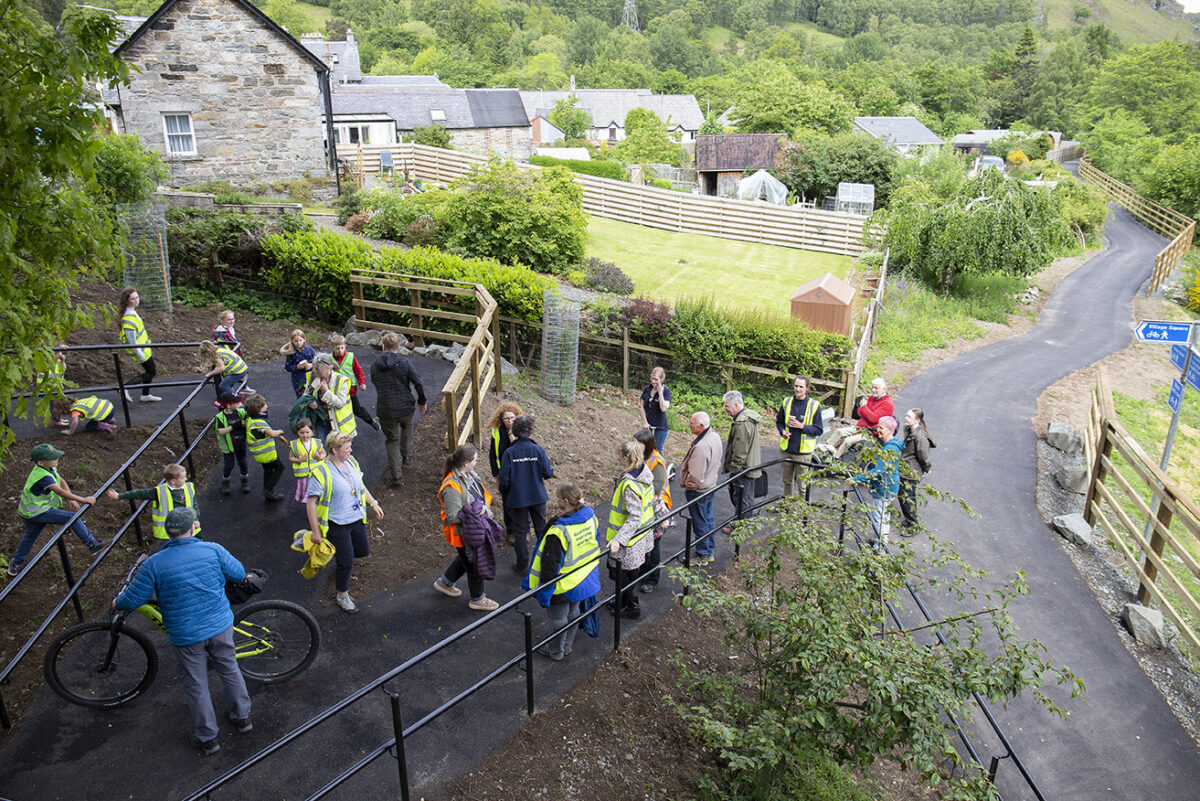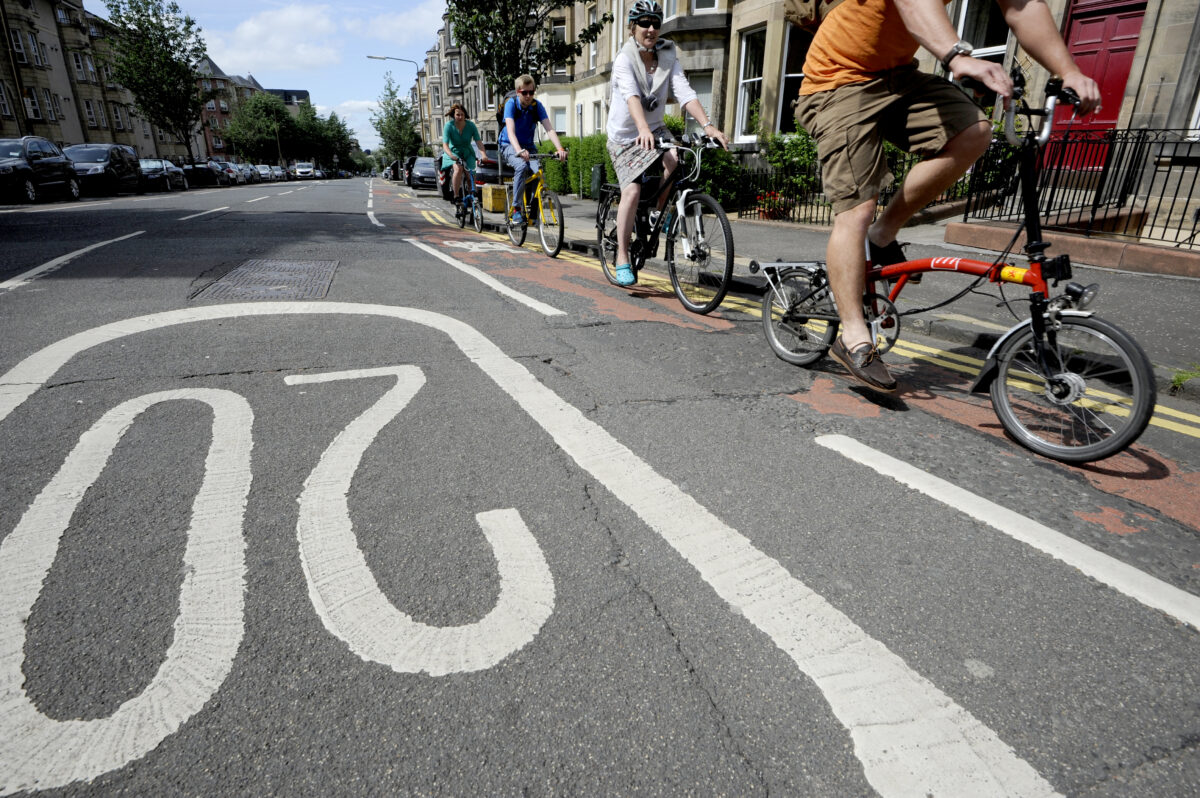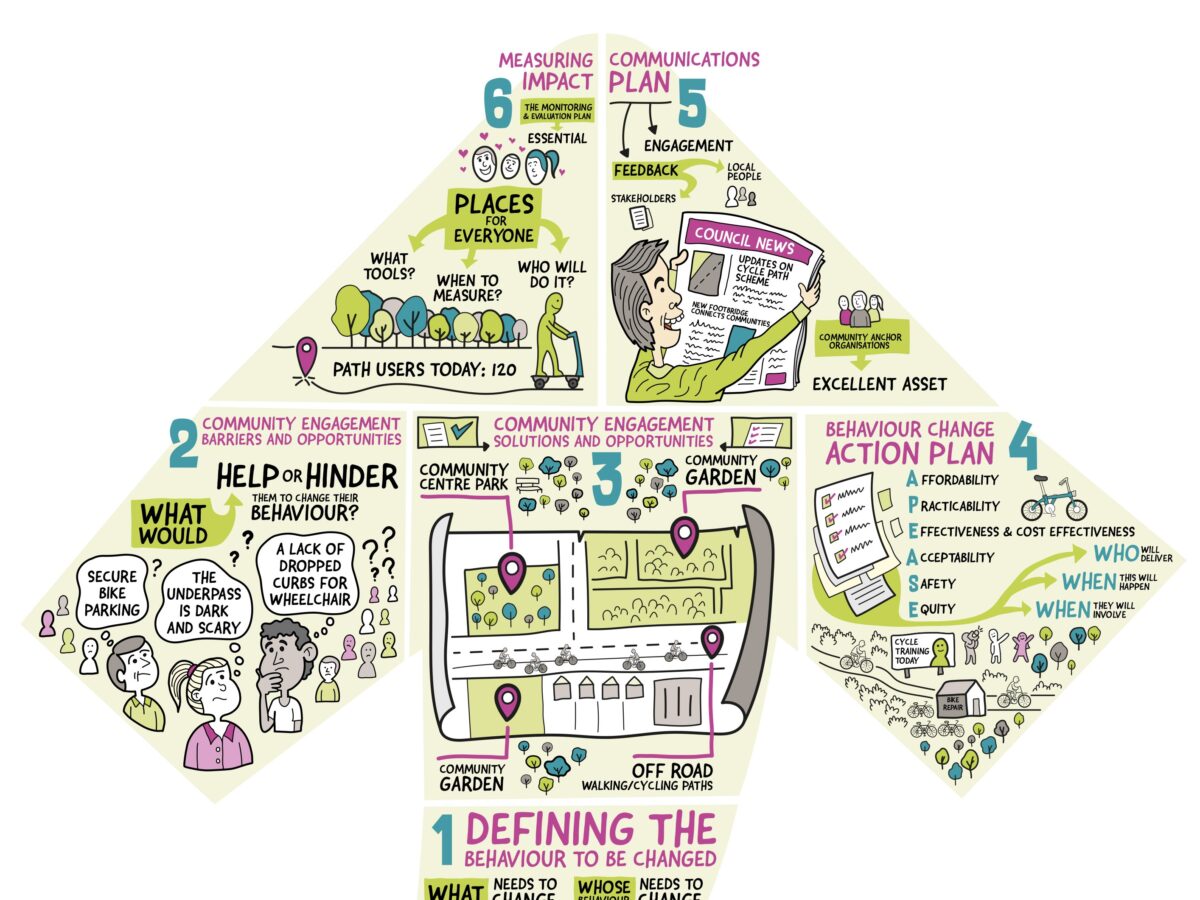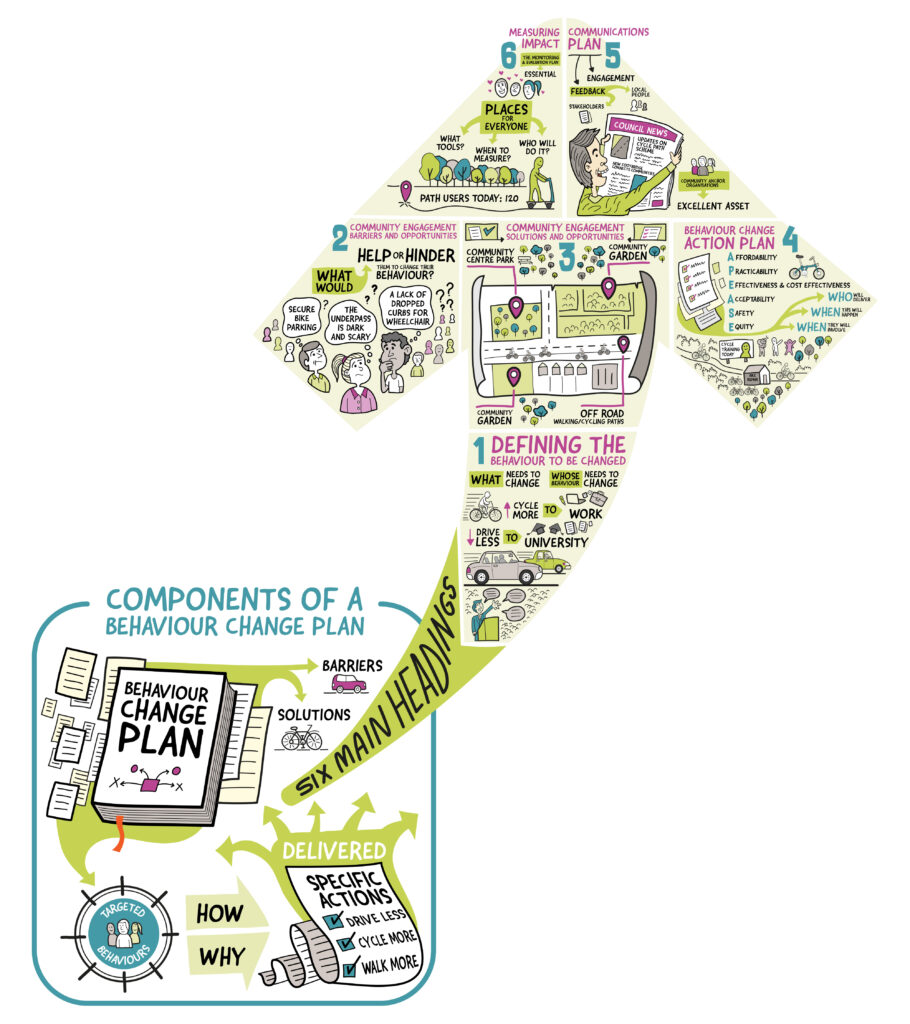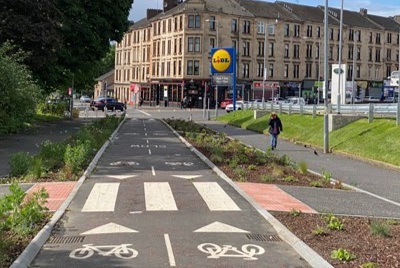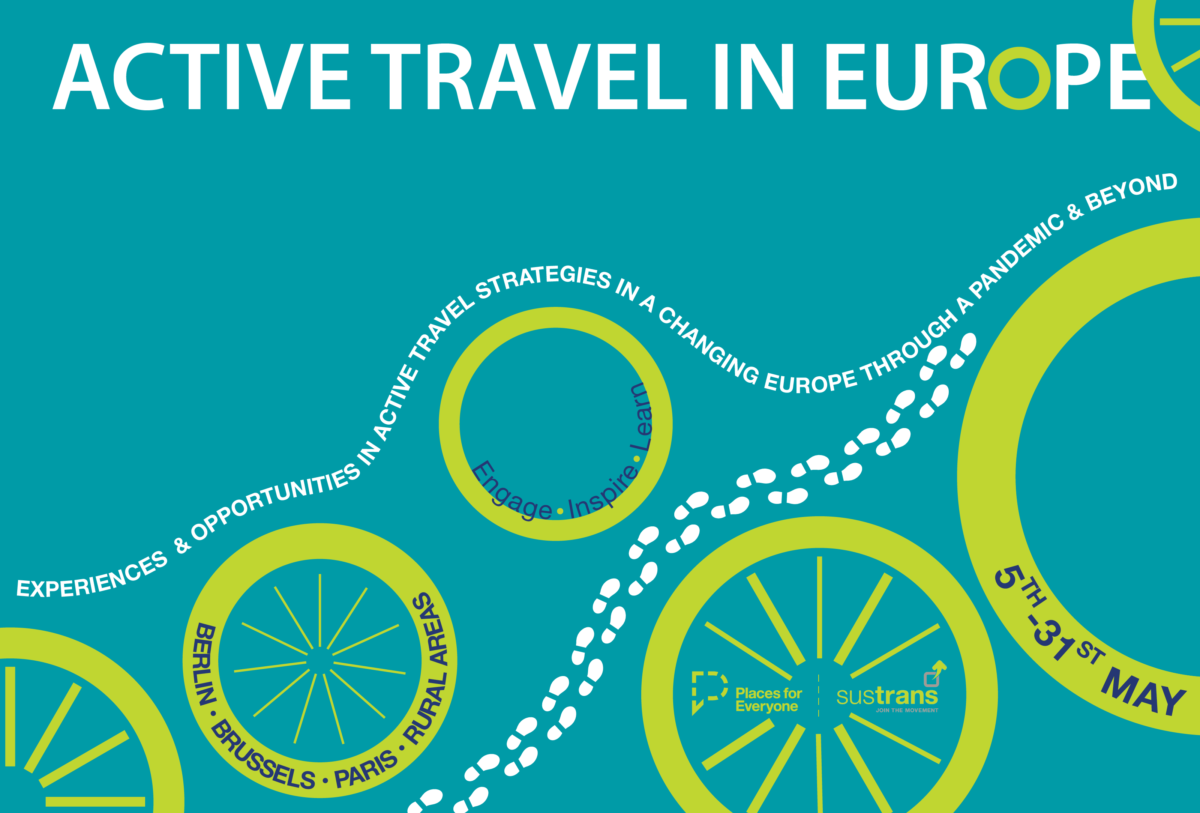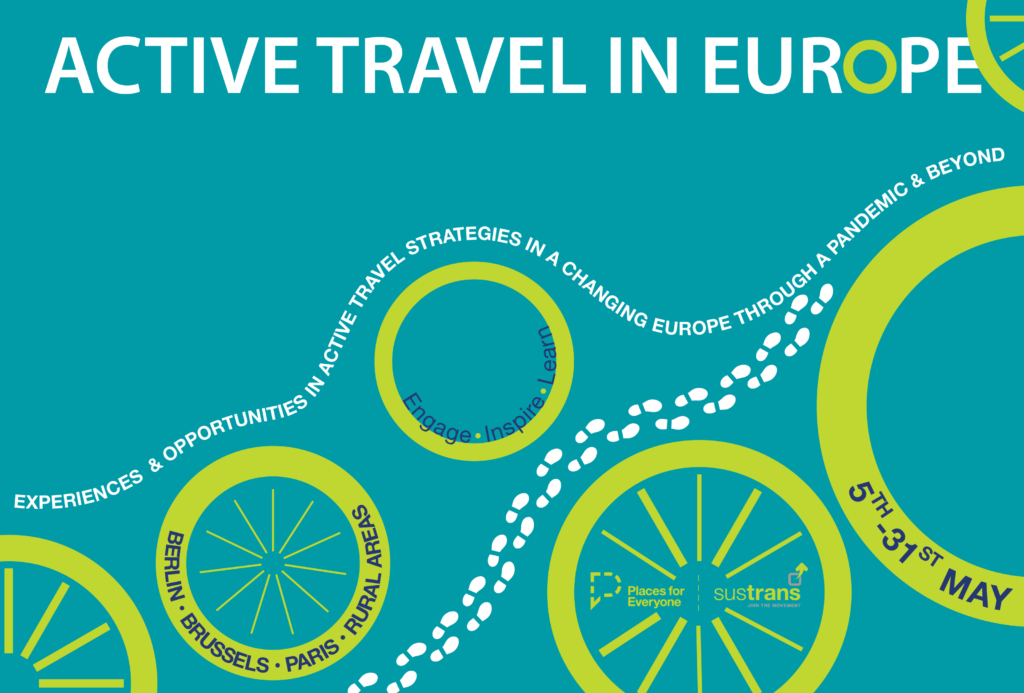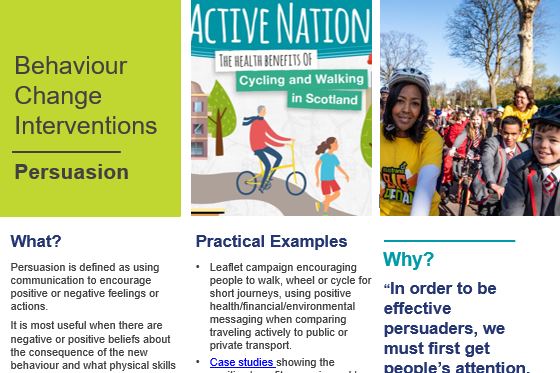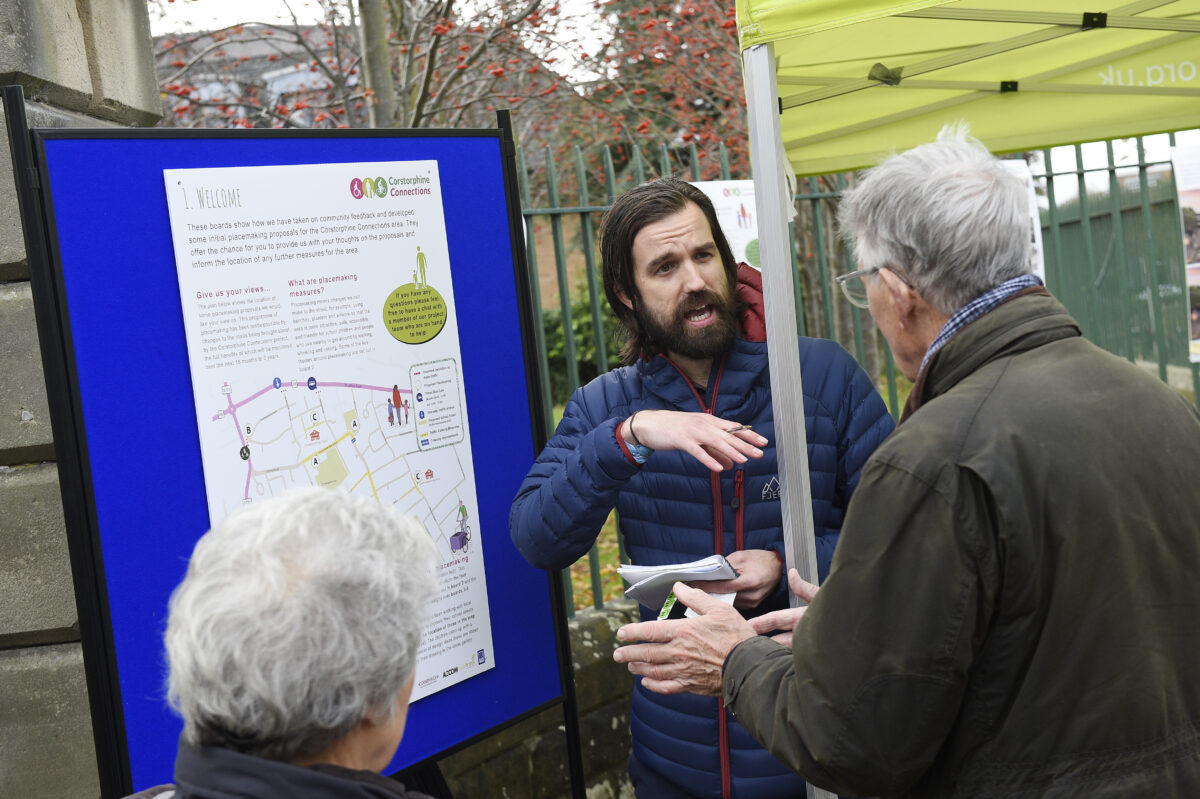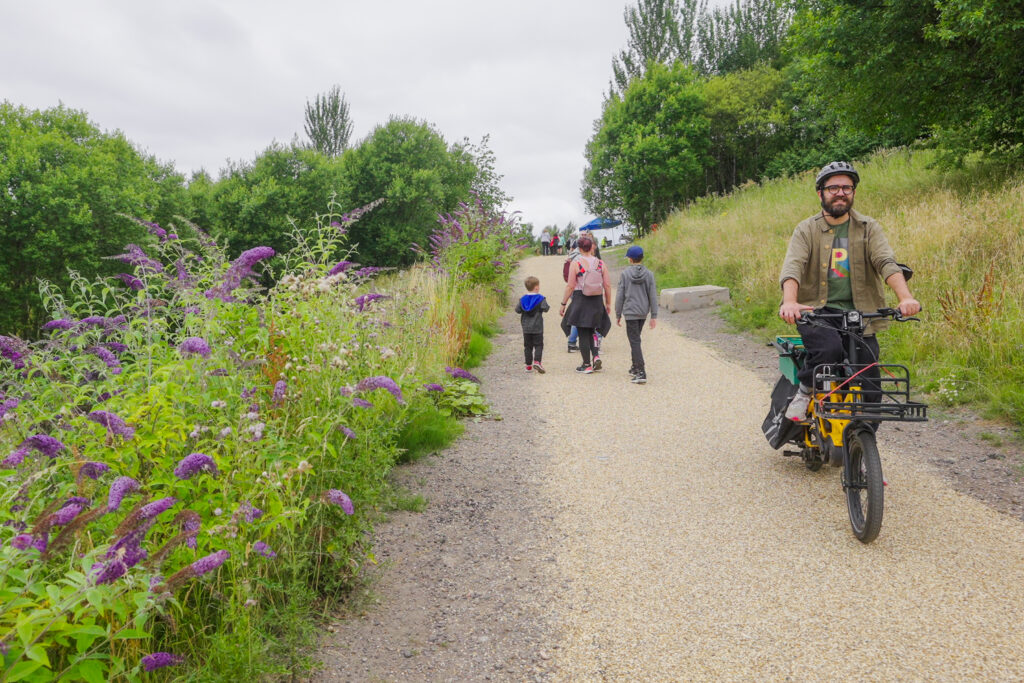Final submissions for Places for Everyone Concept (Stages 0-2) applications are due by the end of August 23rd 2022.
Ahead of this, an information session was delivered to community-led organisations, which had received a successful Expression of Interest outcome. A small cohort of the Places for Everyone team provided an overview of the Application Guidance and supplementary guidance for community-led organisations and outlined the next steps in the process.
Key questions answered
- Are letters from stakeholders (for example, support letters) required?
They aren’t required; however, they will support your application as evidence. - How detailed should the estimated costs be, and do you have advice on what approach to take when calculating these figures?
We don’t expect accurate figures, so provide your best guess at this stage. - Is there guidance on existing project costs to refer to?
Sustrans have not created guidance for this because it can vary significantly. It is a good idea to use the resources you have, and you can search online for comparable projects. The important part is evidencing why you have come to that conclusion. Transport Scotland has some guidance on their website on to arrive at estimation costs. - Do you have a list of consultants and contacts that have been involved in similar work?
We are unable to provide a list of consultants or to provide recommendations taking in to account it is public funding. - Is it possible to arrange an appointment with a Grant Advisor before submitting the full application?
We can arrange individual appointments for those who would find this beneficial and have received a successful Expression of Interest outcome. To arrange this, please email PlacesForEveryone@sustrans.org.uk with suggestions of dates/times that are convenient for you. - Is it okay to have an overlap in the delivery team e.g., Community Engagement Lead and Communications Lead to be the same person?An overlap in the delivery team is acceptable.
- Is an email sufficient evidence of support from local authorities?
Yes, if it is clear and it has a signature with their name, job title and organisation.
Full slides from the session can be downloaded below:
